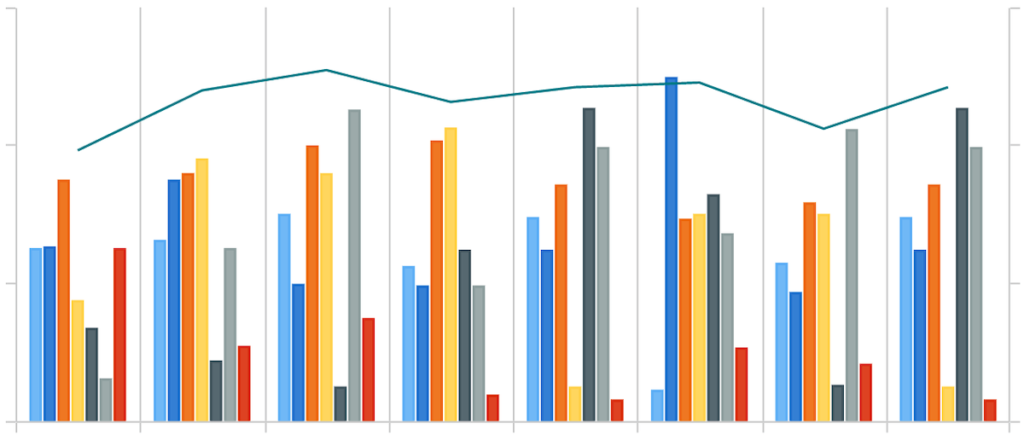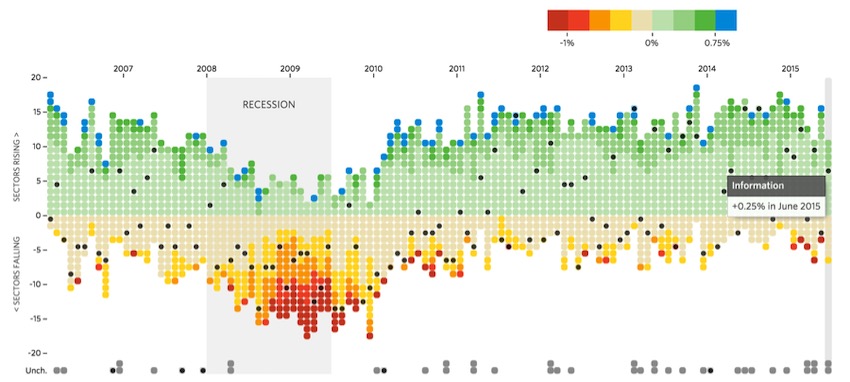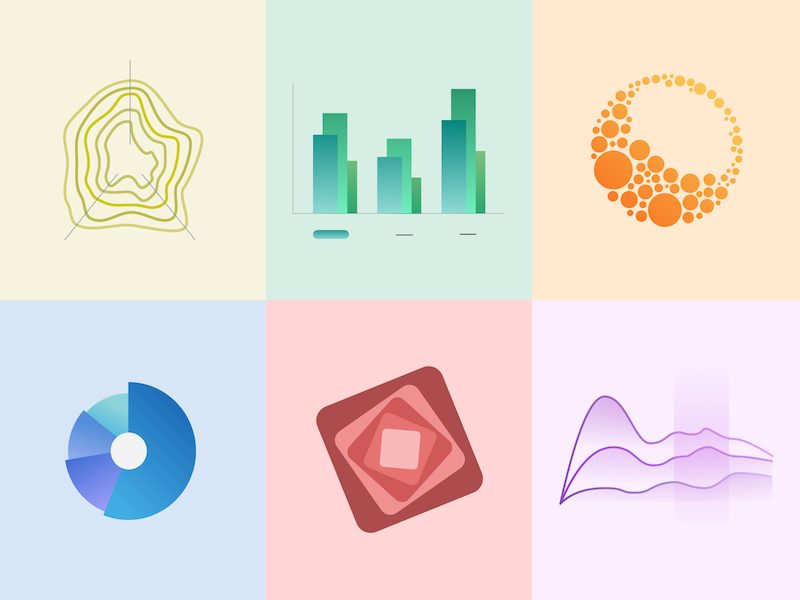Make Better Bar Charts in Python using Pandas Plot
Nothing beats the bar plot for fast data exploration and comparison of variable values between different groups, or building a story around how groups of data are composed. The ability to render a bar plot quickly and easily from data in Pandas DataFrames is a key skill for any data scientist working in Python.
In this tutorial, we’ll examine every aspect of creating bar charts with the Pandas library in Python.





